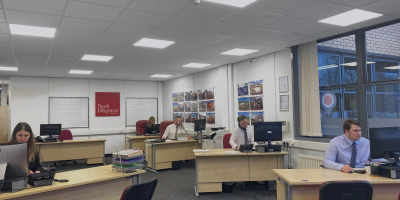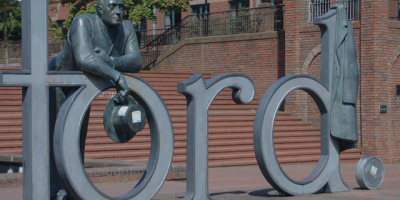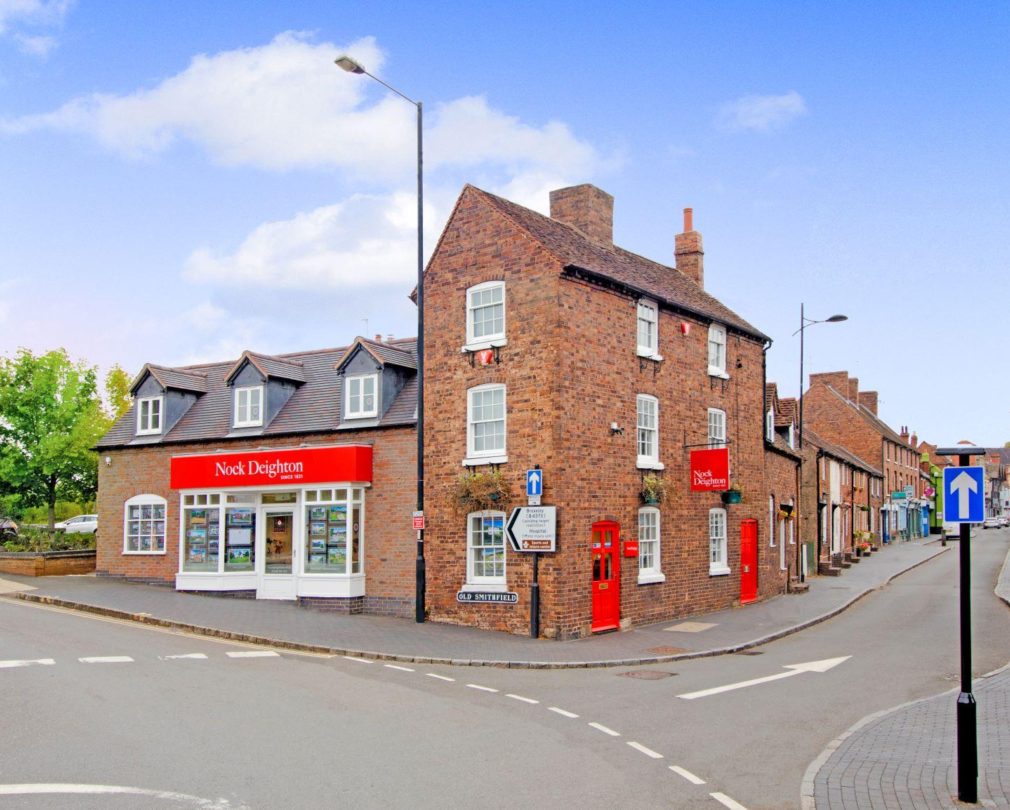
The Costs Of Being A Landlord
If you are thinking of becoming a landlord and investing in property, it’s important to have a comprehensive understanding of the costs involved, in order to plan your finances and expectations.
Having spent the majority of my working life letting and managing rented properties - I could write a book on the experiences alone (but that’s for another day!) – I am regularly asked by first-time investors what are the typical ‘running costs’ to budget for. So I’ve put together a brief outline of these day to day costs – this list isn’t exhaustive, but it should cover the majority of eventualities.
Under the Landlord and Tenant Act and various Housing Acts and other property-related legislation (over 170 in all!) a landlord has many legal obligations, which mainly come down to the provision of good living accommodation, with adequate services and safety measures. Obviously there’s a lot more to it than that, but this is where it starts. Another thing to remember is, a good tenant is more likely to stay in a well maintained property and make it their home.
- Mandatory (Legal) Requirements
- General Costs
So, what are the costs of being a landlord?
Expense |
Description |
Estimated cost |
Energy Performance Certificate (EPC) |
Must have a rating of E or above. Required every 10 years. |
£80-100 Every 10 years |
Gas Safety Certificate |
Annual requirement – it’s always advisable to have boilers serviced at the same time, to reduce maintenance. |
£80-100 |
Electrical Installation Condition Report (EICR) |
Every 5 years |
£150-200 Every 5 years |
Portable Appliance Testing (PAT) |
All non-fixed appliances (anything with a plug) |
£20-50 |
Smoke and carbon monoxide alarms |
Minimum one smoke alarm on each floor and a carbon monoxide alarm in every room with a solid fuel appliance (new legislation expected, extending this to all combustible appliances) |
£10-20 per alarm |
Legionella Risk Assessment |
Landlords have a responsibility to ensure their tenant(s) are not exposed to health and safety risks |
£120-160 every 2 years |
Income Tax |
Rental income is subject to tax. Property expenditure can be offset against income tax so landlords are taxed on their profit |
20% (basic rate) or 40% (higher rate) |
Expense |
Description |
Estimated cost |
Mortgage repayments |
Mortgage repayments will depend on the amount borrowed, interest rate and term of mortgage |
Individual |
Landlord Insurance |
Landlords are responsible for the following insurances
Additional insurances can be taken out to safeguard loss of rent with/without a tenant, legal costs, etc. |
£150-300 per year |
Maintenance & Repairs (general) |
In short, everything you provide should be maintained – includes plumbing, heating, electrics, appliances, fixings, fencing, etc. and it really depends on the age and condition of the property. It’s worth looking into a British Gas service contract which covers all maintenance and boiler parts, and can extend to plumbing and drainage too. |
Can be anything between £0 and £1000 per year |
Maintenance & Repairs (wear & tear) - long term |
This relates to structural repairs such as windows, roof, gutters, replacement kitchen, bathroom, carpets, boiler and redecoration (est. every 5 years) – it’s advisable to build a ‘sinking fund’ if you’re in it for the long term. It’s also worth remembering that a poorly maintained property will not let as easily, and fixtures & fittings do become outdated eventually. |
Ideally 5-10% of annual income |
Leasehold Properties |
Leasehold properties are usually subject to ground rents and service charges (these would normally cover insurance, building repairs and sinking fund). Service charges are individual to each block/development. |
Can be between £500-£1500 per year |
Letting and Management costs |
A good letting & managing agent will source and help you select the right tenant and look after your asset throughout, manage your maintenance, ensure you are legally compliant and maintain a good relationship with your tenant in an ever-changing industry |
12-14% of annual income |
Empty/void periods |
Most rental properties will let and re-let quickly if they are well maintained and priced correctly. An average tenancy can be around 20-24 months – you might allow for a one month void every two years (unless you allow extra time for decorating/maintenance) |
Est. 4% void period allowance |
Dawn Clarke





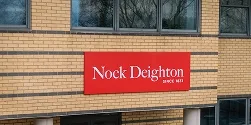




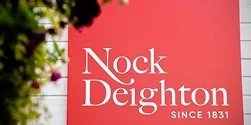
 Payment
Payment

